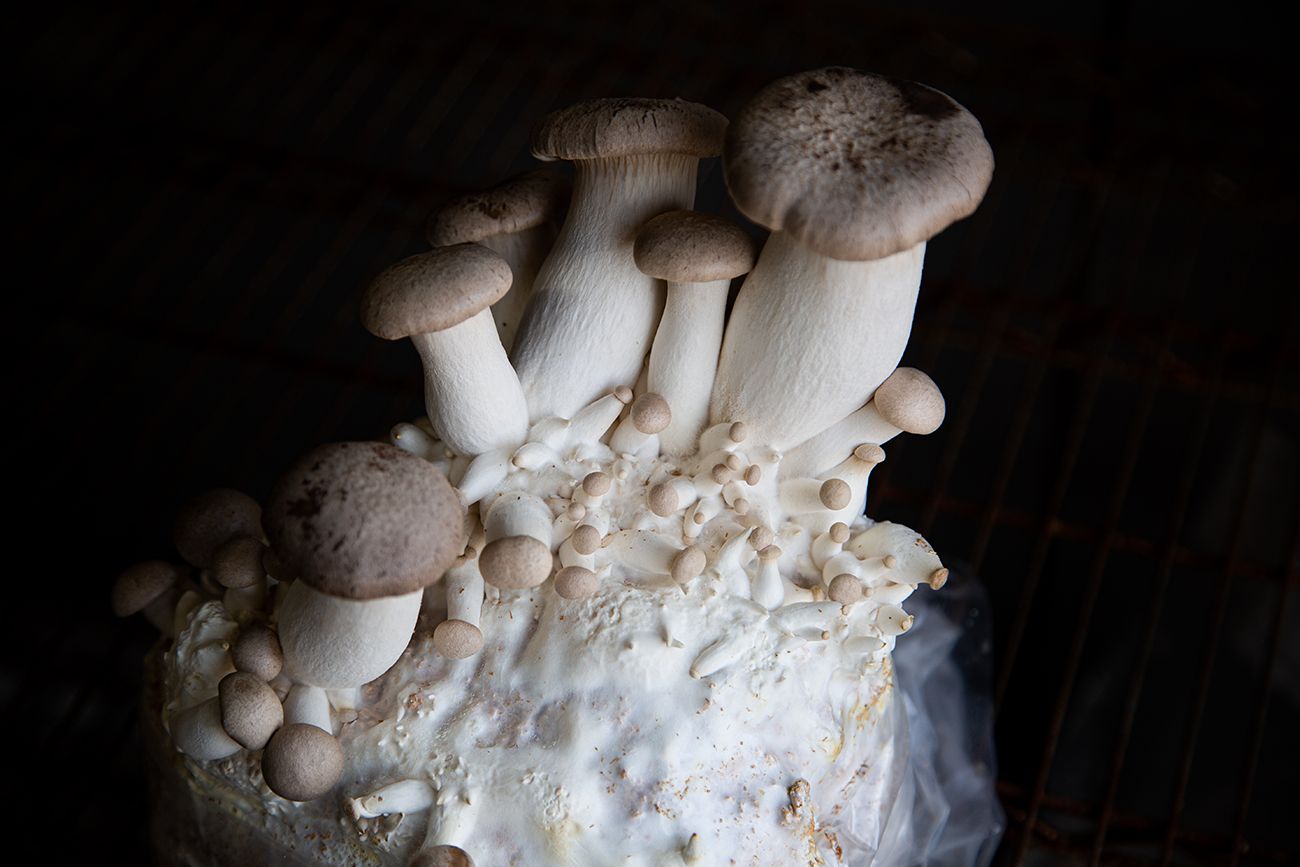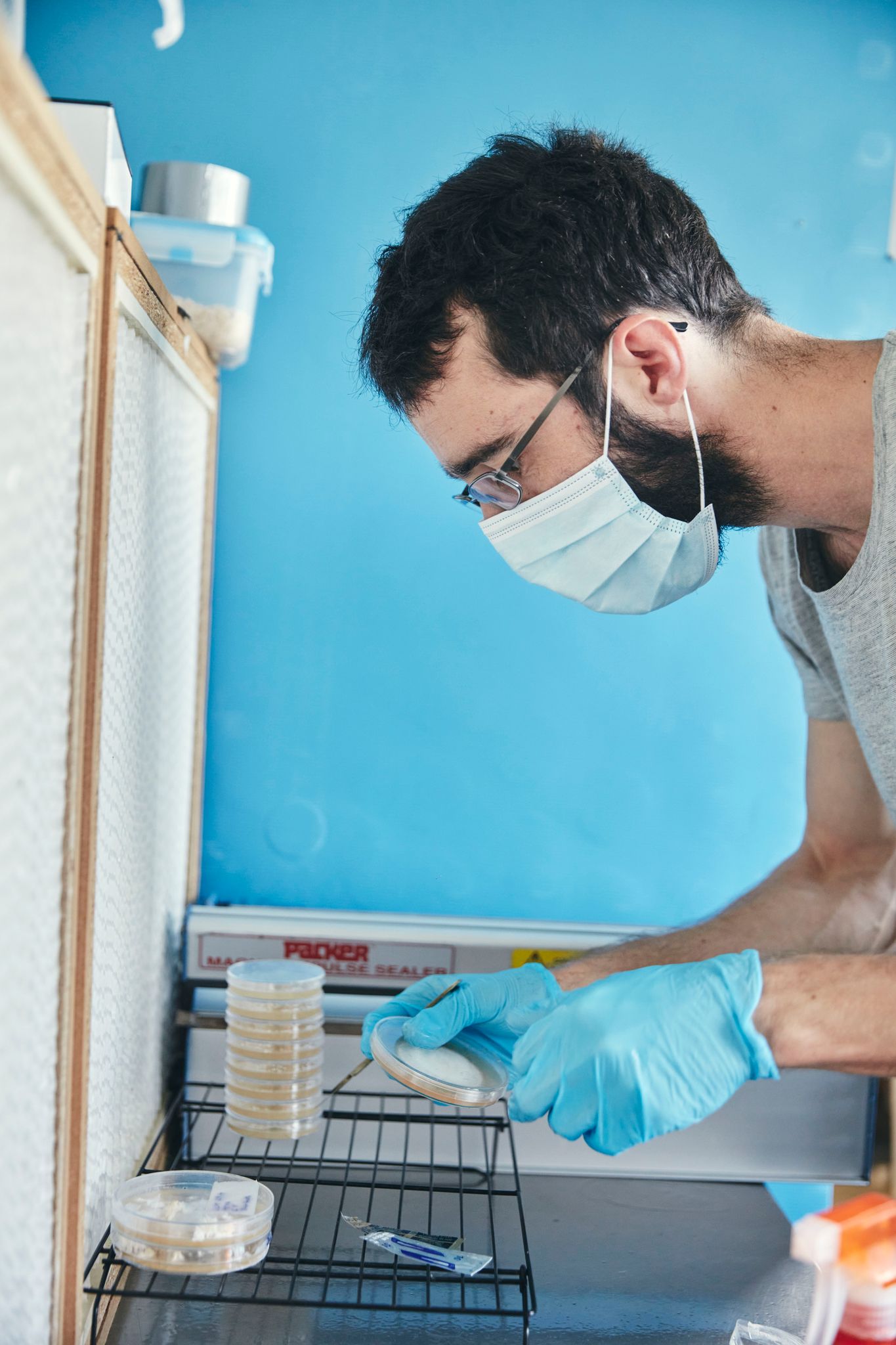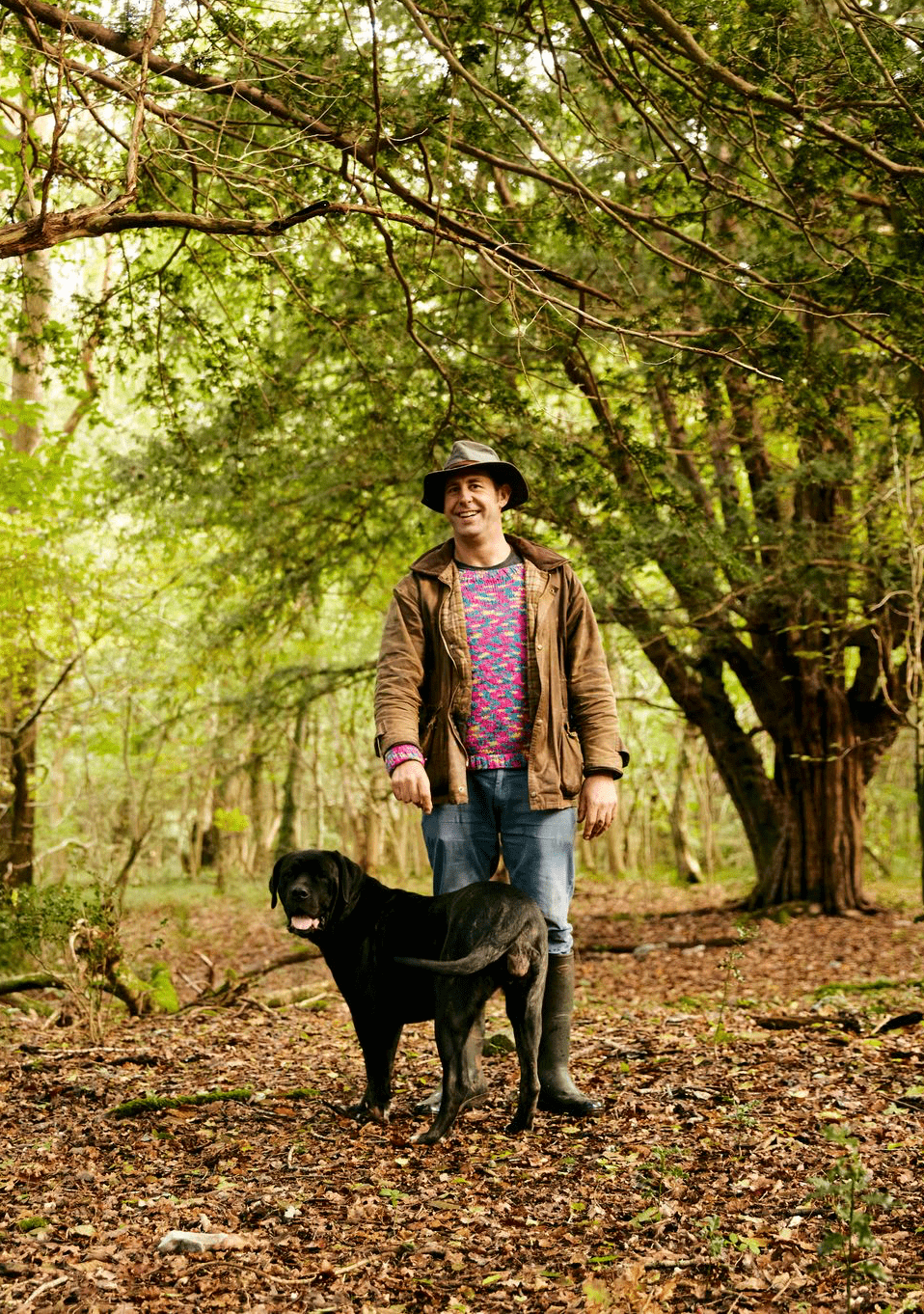Medicinal Mushrooms and Menopause – Mycotherapy for Women’s Health
1 May 2024Reishi: Nature’s Answer to Stress and Inflammation
5 November 2024Oyster Mushrooms: medicinal fungi’s unsung hero
Explore the medicinal properties of oyster mushrooms
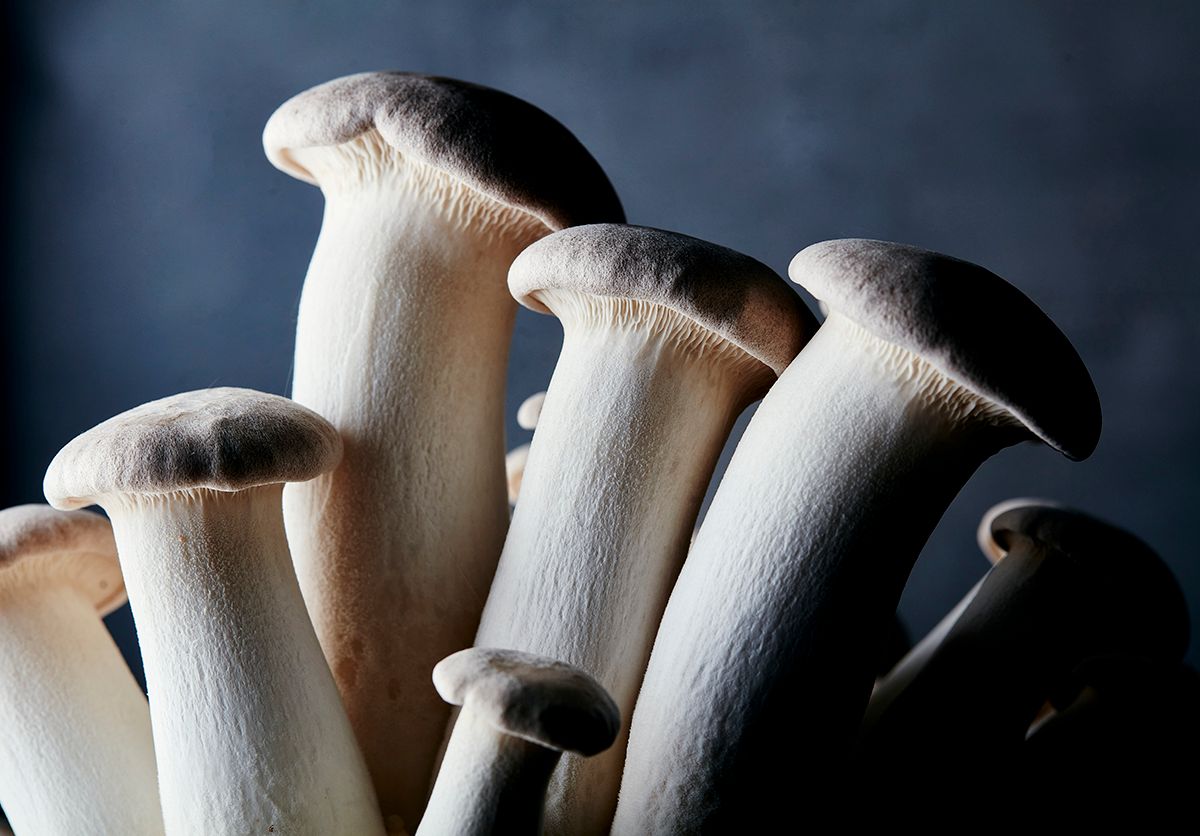
Explore the medicinal properties of oyster mushrooms and discover why we’ve added it to the Bristol Fungarium tincture family.
We have officially launched the UK’s first native and locally grown Oyster mushroom tincture! Oysters were one of the very first mushrooms we cloned and grew here at Bristol Fungarium, so this is a particularly exciting launch for us… and after reading this, we hope you’ll be just as excited about these fantastic fungi and their functional benefits as we are!
Gaining their name from similarities in appearance to oysters of the mollusk variety, Oyster mushrooms are one of the most commonly cultivated species in the world, albeit often overlooked for their medicinal properties due to their popularity as a food. Oyster mushrooms are delicious, nutrient-dense edibles with renowned therapeutic effects.
The common oyster mushroom, Pleurotus ostreatus, is a large culinary fungus native to UK woodlands that can be found growing on trees all year round. Pleurotus eryngii, the King Oyster, stems from further south and the temperate climates of the Mediterranean and is the largest of the oyster mushrooms.
In addition to being enjoyed for their culinary fortitude, these mushrooms also have many health benefits. If you want to tap into them, you can find our new tincture made from these two oyster mushrooms HERE.
People have known for millennia that culinary mushrooms have a whole host of benefits. Pleurotus mushrooms contain some of the highest levels of ergothioneine and ergosterol, two interesting compounds that we will take a closer look at.

While you may never have heard of ergothioneine (er-go-thee-oh-neen) before, it is actually an important amino acid – so important, in fact, that it was classified as a vitamin in 2010. Although it’s not a household name, it is definitely a household substance; scientists have determined that it is present in basically all plants and animals, but none of these are able to produce this amino acid themselves.
So where does it come from? Ergothioneine is synthesised by mushrooms like the Oysters, along with some bacteria, and it makes its way up the food chain to be present in other organisms, like humans. (1)
How do we know that it doesn’t just accumulate in humans by accident?
Scientists have found that humans (and a lot of other higher animals) have evolved a highly selective transporter called SLC22A4 in their cells, specifically for moving ergothioneine around and into cells. To have developed an evolutionary trait to help move this particular mushroom-compound around must mean it’s pretty special (1).
Recent studies also show that expression of this transporter is upregulated before mealtimes (3), indicating that the body is anticipating an influx of ergothioneine and is preparing to move it to where it needs to be – inside your cells.
Ergotheinine was first discovered in 1909 by Charles Tanret, while he was investigating a different mushroom (Claviceps purpurea). Research into its function during the century that followed revealed it to be a powerful antioxidant in the original study mushroom. Due to its prevalent uptake in human bodies, it’s a pretty safe bet that it works as an antioxidant in us too (1).
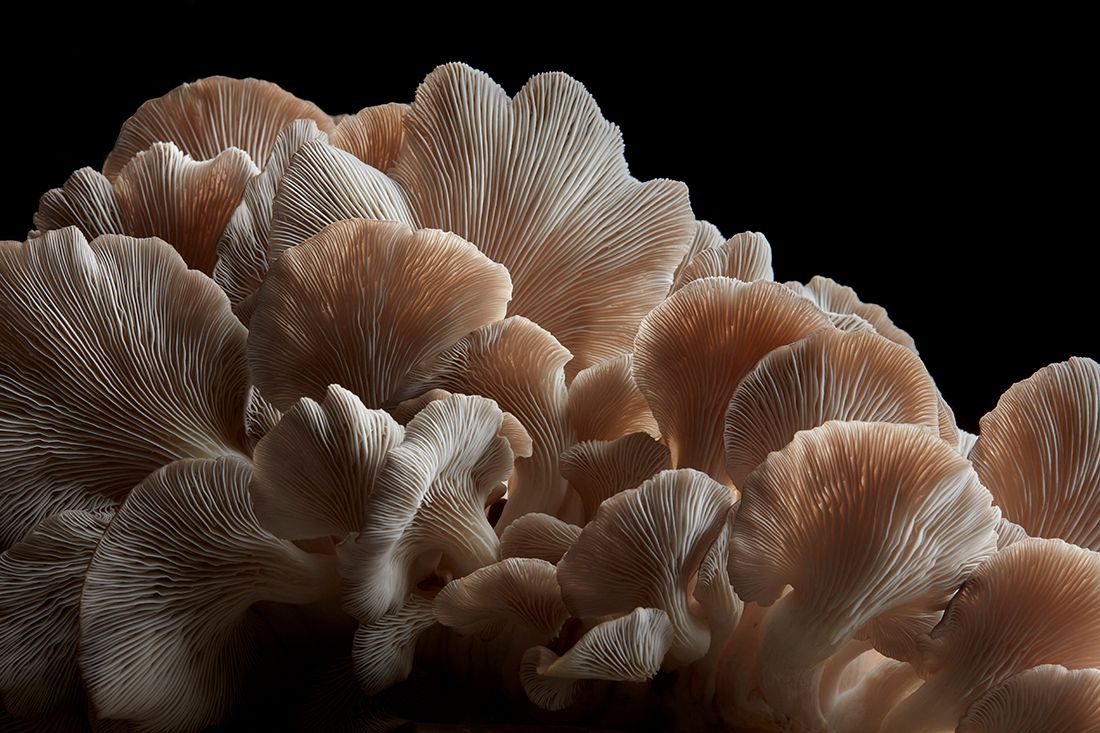
What are antioxidants, and why do we need them?
First, we need to understand what oxidants are; another name is free radicals. These are byproducts of converting food to energy, and they are unstable molecules because they are missing an electron.
To stabilise themselves, they scavenge for electrons from other molecules in our cells, this causes damage and inflammation which isn’t good for us in the long run. Oxidation is also considered one of the key factors in ageing.
Anti-oxidants is a term for all the different molecules we get through our food that donate electrons to these free radicals, stabilising them and minimising oxidative stress in our cells (2). Studies show that ergothioneine consumption provides protection against oxidative stress in multiple cellular systems, and offers protection both directly and indirectly against various types of free radicals, both reactive oxygen and nitrogen species (1).
What else do we know about ergothioneine?
Recent research has also shown that ergothioneine has the capacity to absorb UV light, acting as a natural UV filter for your cells, preventing DNA damage. This is another very important function, as UV radiation can cause damage to your DNA that results in cancerous mutations. In addition to blocking the UV radiation, ergothioneine was also found to be actively repairing DNA in UV damaged cells! (3)
Not only is it a helpful antioxidant and cell protector, ergothioneine can also cross the blood brain barrier, and has been reported to have beneficial effects in the brain. In fact, there is a higher concentration of ergothioneine transporters in the brain than anywhere else in the body, indicating that it is a key protector of the brain from oxidative stress.
Human levels of ergothioneine decline during ageing, and these levels also correlated with other measures of health such as gait speed in adults and cognitive performance (3). Keeping levels topped up could therefore boost your brain: one study revealed that eating 1.5 servings of mushrooms per week was associated with halving the incidence of mild cognitive impairment, a precursor of Alzheimer’s dementia, and increasing the intake to 9 portions resulted in a five-fold effect! (1)
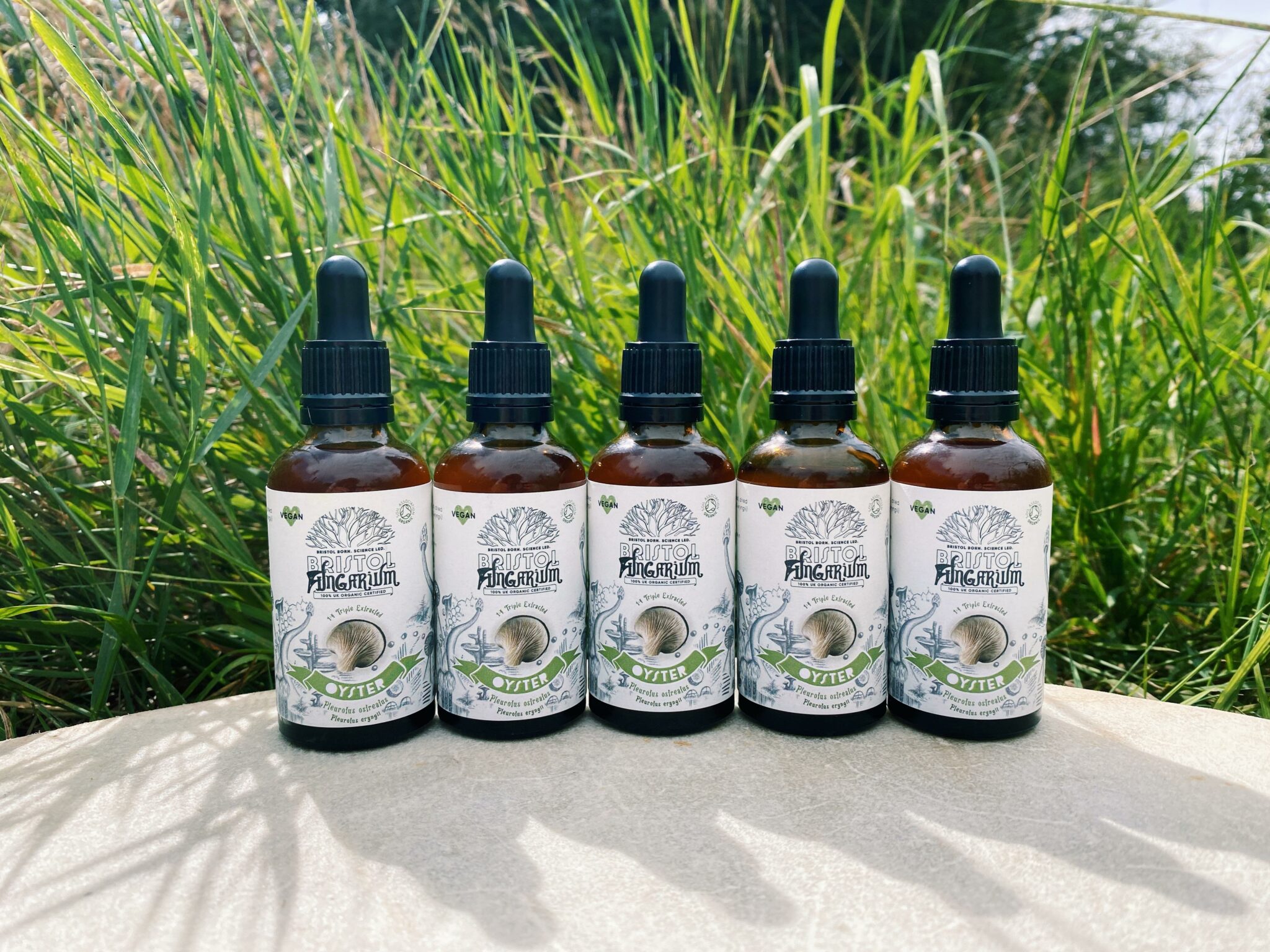
While ergothioneine is classed as a vitamin because of its role as an essential nutrient which cannot be inherently synthesised by humans, oyster mushrooms also contain ergosterol, which is a vitamin precursor.
What is ergosterol and can it do for us?
Ergosterol is the most abundant sterol in fungal cell membranes, which in mushrooms helps to regulate permeability and fluidity. In humans, however, ergosterol plays a different role: it is converted to vitamin D2 when UV irradiated, and promotes healthy bone development.
In addition to its role as a provitamin, ergosterol has also been linked to antiinflammatory properties, and the lowering of blood glucose in type 2 diabetic mice, as well as positively impacting cell signalling pathways. It also has antioxidant properties, so in combination with ergothioneine it offers good cellular protection! (4)
Lots more exciting research is on the horizon to explore the health benefits of mushrooms. For now, why not boost your antioxidant levels with our new Oyster mushroom tincture.
To buy our new Oyster mushroom tincture click here.
References;
- Borodina, I. et al. (2020) ‘The biology of ergothioneine, an antioxidant nutraceutical’, Nutrition Research Reviews, 33(2), pp. 190–217. doi:10.1017/s0954422419000301.
- Cleveland Clinic medical (2024) What is oxidative stress?, Cleveland Clinic. Available at: https://my.clevelandclinic.org/health/articles/oxidative-stress (Accessed: 09 September 2024).
- Paul, B.D. (2022) ‘Ergothioneine: A stress vitamin with antiaging, vascular, and neuroprotective roles?’, Antioxidants & Redox Signaling, 36(16–18), pp. 1306–1317. doi:10.1089/ars.2021.0043.
Rangsinth, P. et al. (2023) ‘Potential beneficial effects and pharmacological properties of ergosterol, a common bioactive compound in edible mushrooms’, Foods, 12(13), p. 2529. doi:10.3390/foods12132529.

